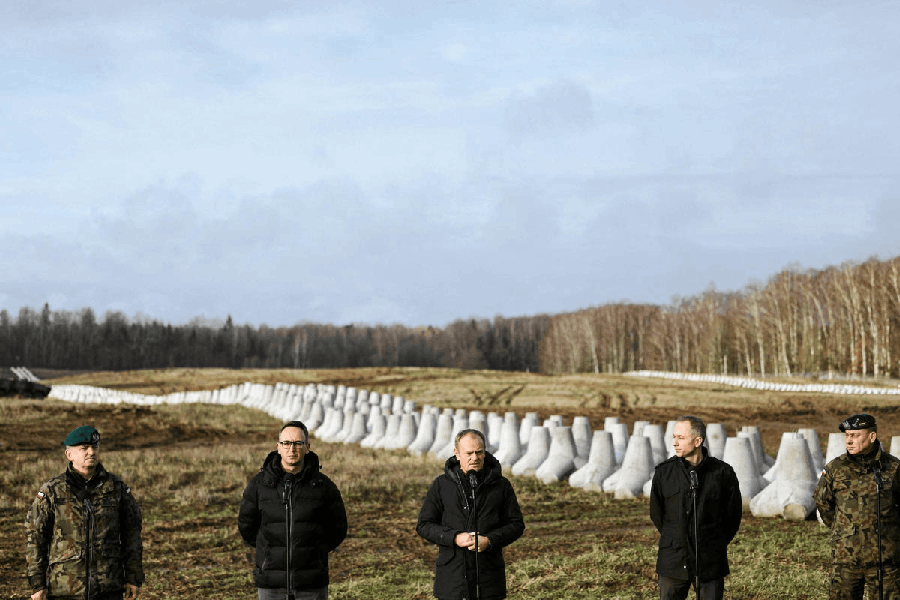The question that keeps coming up in gyms, locker rooms and sports fields across the world is this: Does building muscle make you slower? It’s a concern shared by both the weekend warrior trying to keep up in a local football game and the elite athlete chasing a split-second edge.
As a high-performance coach and mentor, I’ve seen this debate play out many times. There isn’t a simple yes-or-no answer; it depends on how, where and why you build muscle.
This article draws on science, real-life examples from stars like Roger Federer and Cristiano Ronaldo, and lessons from everyday movers to debunk the myth and help anyone find the right balance between strength and speed.
Myth of the ‘bulky’ athlete
Let’s start with the image that fuels the myth: A bulky bodybuilder running awkwardly, with heavy, laboured strides. It’s easy to assume the muscle is to blame, but the truth is more nuanced. It’s not the muscle itself that slows you down; it’s the type of muscle, how you train it and where it sits in your body.
For most people — those who hit the gym a few times a week or play casual games — building muscle can actually make them faster and more agile. Studies show that strength training increases the rate of force development, meaning you can generate power more quickly. That translates to faster sprints and sharper movement.
Strength in the right places
Take one client I worked with: A 40-something professional in Mumbai who noticed his weekend tennis game declining after he focused solely on upper-body lifts. His serves were powerful, but his court coverage suffered. We got his speed back by incorporating leg-centred workouts such as squats and agility drills — and he moved better than ever. The lesson? Building muscle the right way improves performance, does not hinder it.
What elite athletes teach us
For athletes striving to perform at their peak, muscle distribution is crucial. In sprinting — where milliseconds decide medals — the body is a study in optimisation. Usain Bolt and other sprinters have strong glutes, hamstrings and quadriceps to help them start explosively and maintain speed. Their upper bodies, however, stay lean to minimise drag and maximise arm drive. Too much muscle in the chest or shoulders can throw off that balance, altering gait and slowing you down.
I once saw this with a young sprinter who wanted to “look tough” and over-trained his chest. His times worsened as his centre of gravity shifted upwards. We redesigned his programme around plyometrics and heavy squats to rebuild lower-body power, and his speed came roaring back.
Functional over flashy
Tennis and squash demand something different: a combination of linear speed, lateral agility and rotational power. Roger Federer epitomised this blend. His elegant movement transformed tennis. Federer’s body wasn’t bulky; it was functional — strong core, nimble legs and just enough shoulder and forearm strength to unleash perfect serves and volleys.
Too much upper-body bulk could have slowed his racket-head speed or hampered recovery between points, upsetting the flow of his game.
Ramit Tandon offers a similar example in squash, a sport that demands constant sprints and sharp turns. I’ve coached him since childhood and have seen him develop strong legs and a stable core that let him dominate the corners. He keeps his upper body lean to maintain an efficient swing. He recently told me that leg-focused drills help him preserve speed through gruelling five-game matches.
Why do some muscles slow you down
If a bodybuilder took to a squash court, their large lats and pecs would likely tire quickly, making swift direction changes difficult. Football is another sport where both endurance and explosive bursts matter. Cristiano Ronaldo — at 40 — remains elite. His quadriceps and hamstrings give him the strength to run and leap, while his core keeps him steady through sharp turns. His arms and shoulders are muscular but not excessively so, allowing him to conserve energy over 90 minutes.
I’ve also seen what happens when training priorities go wrong. One young footballer bulked up his upper body to “look stronger”, only to find it harder to dribble and pivot. Once he reintroduced lower-body strength and agility drills, plus mental conditioning to rebuild confidence, his game improved dramatically.
Lionel Messi, with his compact frame and powerful calves, proves that you don’t need large muscles to be quick.
Science behind the ‘slow’ bodybuilder
So why do bodybuilders often look slow or clumsy when they run? Their training targets hypertrophy — muscle size — rather than function. Slow, isolated lifts don’t mirror the dynamic movements sports demand. Big pecs and lats raise the body’s centre of mass, throwing off stride rhythm and making running appear stiff.
Bodybuilders rarely train for explosive power or fatigue resistance, leaving their muscles less suited for speed. Athletes, by contrast, combine strength work with sport-specific drills. Muscle isn’t the issue; it’s how it’s trained and applied.
Research shows that balanced strength programmes, including plyometrics and high-velocity lifts, improve speed across disciplines, from sprinting to recreational jogging.
Train with purpose
The takeaway for the average person is simple: train with purpose, and muscle will make you faster.
Compound movements such as deadlifts and lunges build functional leg and core strength that mirrors real-life movement. One 50-year-old client who plays squash recreationally transformed her game after adding these exercises. She now reaches the ball faster and plays with greater confidence.
Don’t fall into the trap of chasing “vanity” muscles like biceps. They look impressive but won’t help you catch a bus or return a serve.
Equally, mindset matters. Visualising smooth, efficient movement helps link strength with speed — a mental technique I use with both amateurs and professionals.
Of course, there’s a limit. Excessive muscle mass can raise oxygen demand during prolonged exertion, as in long football matches or extended rallies in racquet sports.
If that muscle isn’t lean and functional, it can indeed slow you down. But that’s rare, and intelligent training easily prevents it. Plyometrics, sprints and interval workouts build fast-twitch fibres without unnecessary bulk, keeping you quick and efficient.
Genetics plays a part too — some people naturally add mass, others stay slender. Whether you’re chasing a rival on the pitch or keeping up with your kids in the park, the key is aligning training with your goals.
The myth that muscle slows you down is simply wrong. For most people, smart strength training makes movement smoother and faster. For athletes like Federer, Tandon and Ronaldo, success comes from precision — building muscle where it counts (the legs and core) while keeping the rest of the body lean.
After years of coaching both professionals and everyday movers, my conclusion is clear: when you train with intent, your muscles make you faster, not slower.
So whether you’re gearing up for a weekend match or chasing a world title, don’t fear the weights. Train smart, move swiftly, and let your performance speak for itself.
Anwar Wahhab is a mental performance mastery coach
and a bioprint practitioner. You can reach him at anwarwahhab.awefitness@gmail.com










